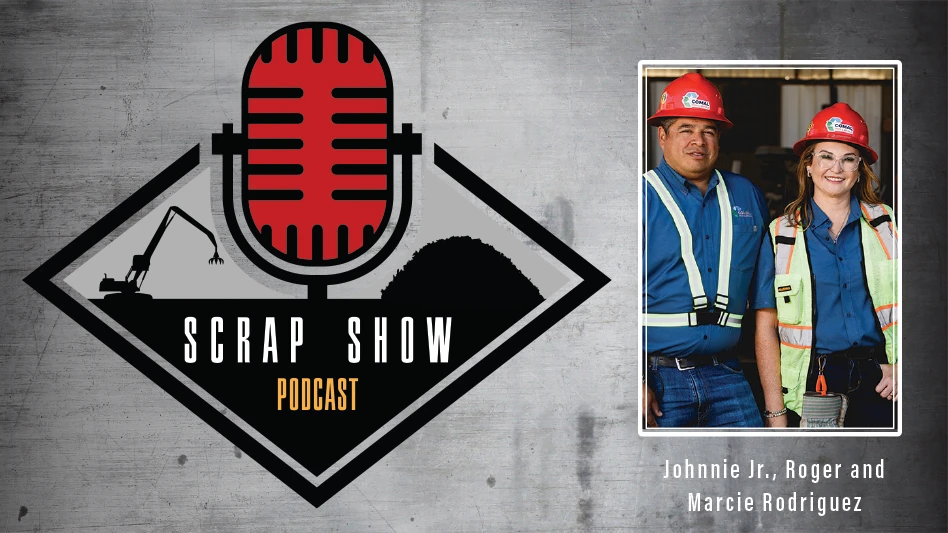
Dreamstime
The Association of Plastic Recyclers (APR), Washington, has confirmed its Five for Focus area that highlights and addresses key components of polyethylene terephthalate (PET) container design that can affect recycling. Each of the design areas the APR has identified has the potential to negatively affect the quality and value of recycled PET or cause bottles to be pulled or misdirected from the PET recycling stream, the association says.
The APR recently communicated the Five for Focus to its member companies in conjunction with the trade organization’s March meetings. All were identified through the APR’s long-standing “problem container” reporting process as commonly cited and impactful design issues:
1. Metal components attached to PET packaging – These components increase operating costs and yield loss, are a primary source of defects in products made with recycled PET and will not be recycled if removed from the stream by metal detectors.
2. PETG sleeve labels – These labels can reduce the quality of rPET (recycled PET) and increase yield loss, while bottle coverage can impede PET sortation.
3. Pressure sensitive labels – Full-coverage adhesive can be difficult to remove from recycled PET, and inks and adhesives can be sources of discoloration for PET.
4. Barrier layers – Additives and non-PET layers providing oxygen scavengers or CO2 barriers are sources of discoloration and defects in products made from recycled PET.
5. PETG (polyethylene terephthalate glycol) extrusion blow-molded containers – PETG is a copolymer that is not compatible with commonly used container grade PET.
“The APR Design Guide for Plastics Recyclability provides clear direction and resources to push for continued innovation and improvement in recycling compatible package design,” says Steve Alexander, APR president and CEO. “There is great momentum in the marketplace from brands that want to ensure their PET bottles are recyclable and don’t contribute to the degradation of the recycling stream. We have seen significant improvements in some of these five focus areas from our member companies and others, but we challenge brands to do more.”
“As a processor of postconsumer PET material, problematic bottles present very real challenges for operations like ours in terms of contamination and yield loss,” says Byron Geiger, COO of Indorama Ventures Sustainable Solutions LLC, Athens, Alabama, and Chairman of APR’s PET Technical Committee. “It's a key part of the APR’s role to educate the marketplace about specific impacts of containers and related components, and to ensure that recycling compatibility is an important aspect of the package design process."
The APR says options or innovations are available to address the Five for Focus design elements. The association encourages package manufacturers, designers and brands to explore the PET section of the APR Design Guide or to reach out to the APR to learn more by emailing FiveForFocus@plasticsrecycling.org.
Five for Focus follows extensive work by APR membership and staff to update the APR Design Guide, specifically including revisions to the inventory of PET test protocols and the addition of several new PET screening tests, all of which were completed in mid- to late 2018, according to the association.
Latest from Recycling Today
- Commentary: Bridging the gap to a sustainable future
- UK’s Renewi targeted by Macquarie Infrastructure
- Hydro cites recycling as 2024 growth driver
- The impacts of the nation’s first textiles EPR law
- Smurfit Westrock launches new packaging to address EU regulation
- ArcelorMittal wins legal round in GFG dispute
- Real Alloys partners with Enviri on residuals diversion project
- Registration Now Open for C&D World 2025





